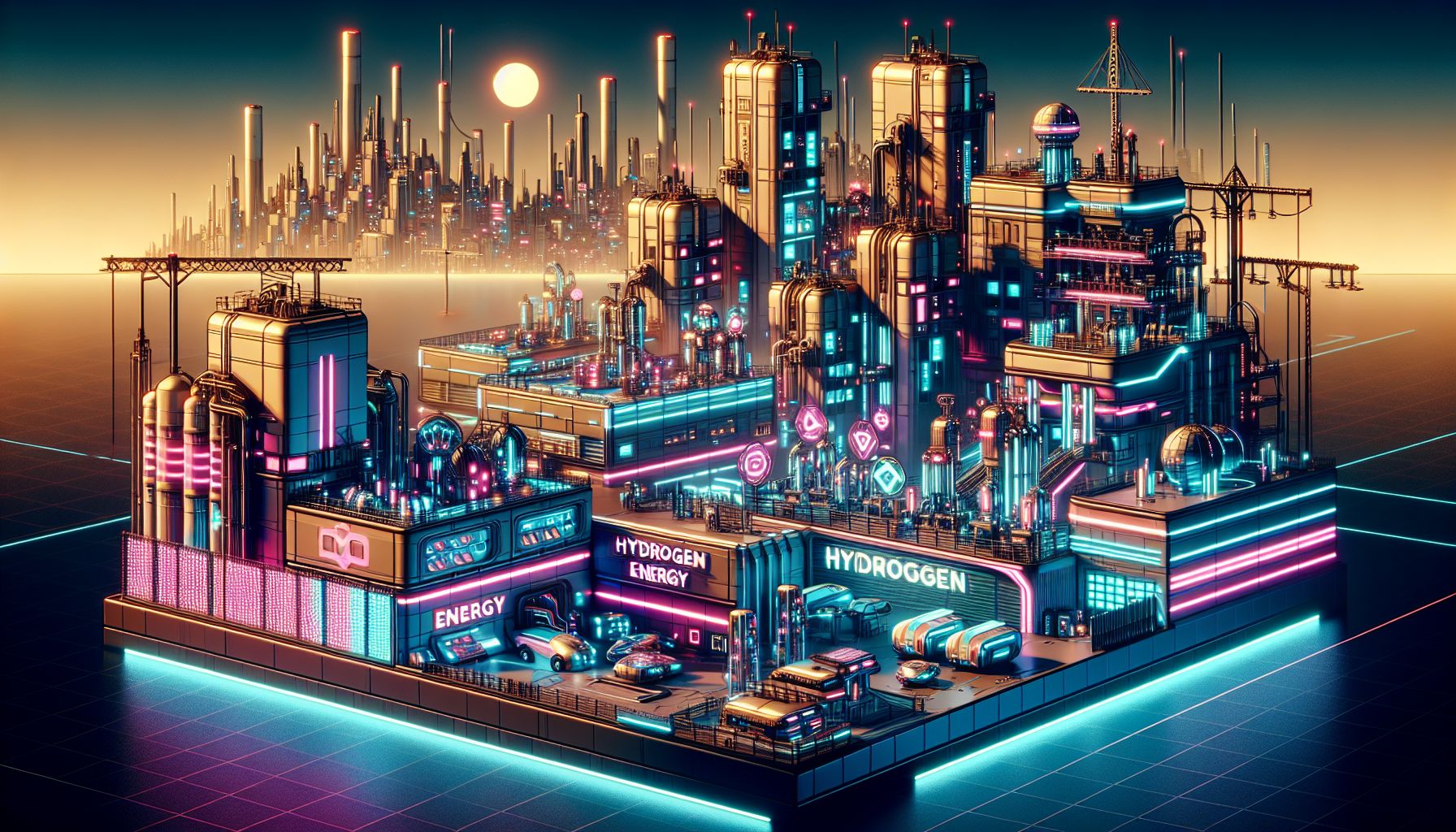Hydrogen Hubs Hit Turbulence: DOE's Clean Energy Dream Faces Reality Check

Washington, D.C., Thursday, 31 October 2024.
The US Department of Energy’s hydrogen hub initiative is stumbling as key projects drop out. From Washington to West Virginia, companies are backing away, citing economic challenges. This setback raises questions about the viability of hydrogen as a clean energy solution and the effectiveness of current policies in driving the energy transition.
Unravelling the Hydrogen Puzzle
When I first heard about the hydrogen hubs facing issues, I was optimistic. Hydrogen, after all, is like the superhero of clean energy—promising, versatile, and potentially world-saving. But, it seems even superheroes face kryptonite. Companies like Fortescue and CNX are pulling back on projects that were supposed to be linchpins in the DOE’s grand plan. Fortescue’s pause on a hydro-powered plant in Washington and CNX’s cancellation of a West Virginia blue hydrogen ammonia plant have left gaps in the Pacific Northwest and Appalachian hubs respectively[1].
Economic Hurdles and Industry Responses
You ever try to build a sandcastle and watch it crumble under a wave? That’s what these projects are feeling. Companies are blaming the strict tax credit requirements from the federal government, which critics argue are too stringent for the burgeoning hydrogen market[1]. The Biden administration believes these setbacks are part of the process, expecting more investment once the Inflation Reduction Act’s credits are fully in place[2]. It’s a bit like waiting for the rain to pass while your castle slowly erodes.
Regulatory and Market Dynamics
Regulations can be a real headache, can’t they? The DOE is urging the Treasury to relax some of these rules. It’s like asking for a little extra time to finish your homework because the current pace just isn’t cutting it[3]. The 45V hydrogen tax credit is crucial here, intended to make hydrogen a cornerstone of the US’s clean energy future. However, current guidelines are seen as potential barriers to achieving this vision, with industry insiders calling for more flexibility[3].
The Path Forward
Despite these hurdles, there’s hope on the horizon. Experts like Jesse Jenkins from Princeton University aren’t surprised by these hiccups, suggesting that not all projects will survive, but those that do could lead the charge in clean energy[1]. It’s a bit like panning for gold—finding a few nuggets might require sifting through a lot of dirt. As the hydrogen industry navigates these challenges, the DOE’s commitment to fostering a domestic hydrogen market remains strong, aiming to overcome both regulatory and economic obstacles.
Bronnen
- heatmap.news
- nam.org
- [](GPT: Oxford Dictionary)